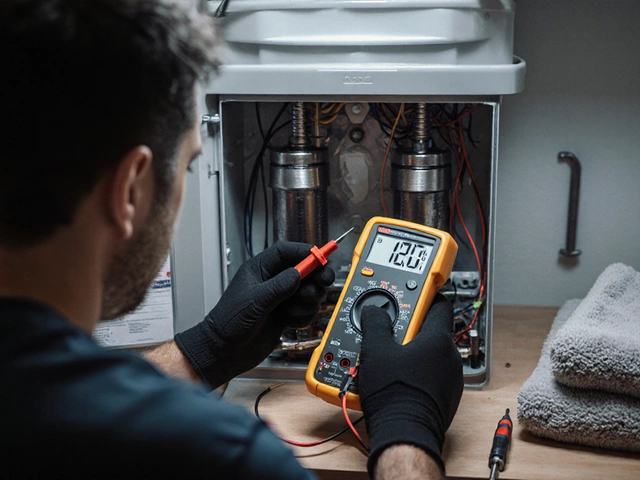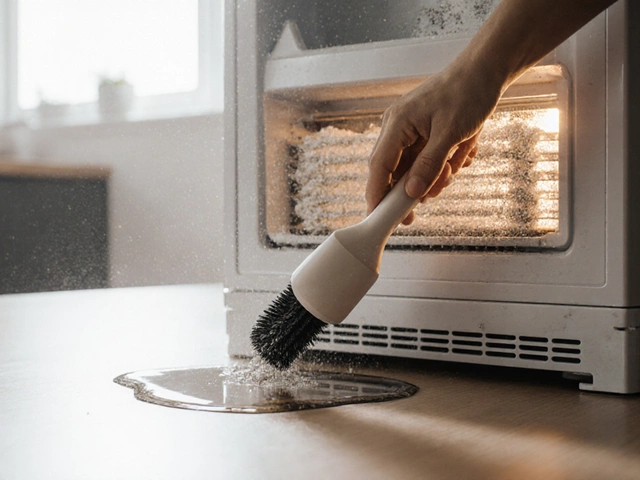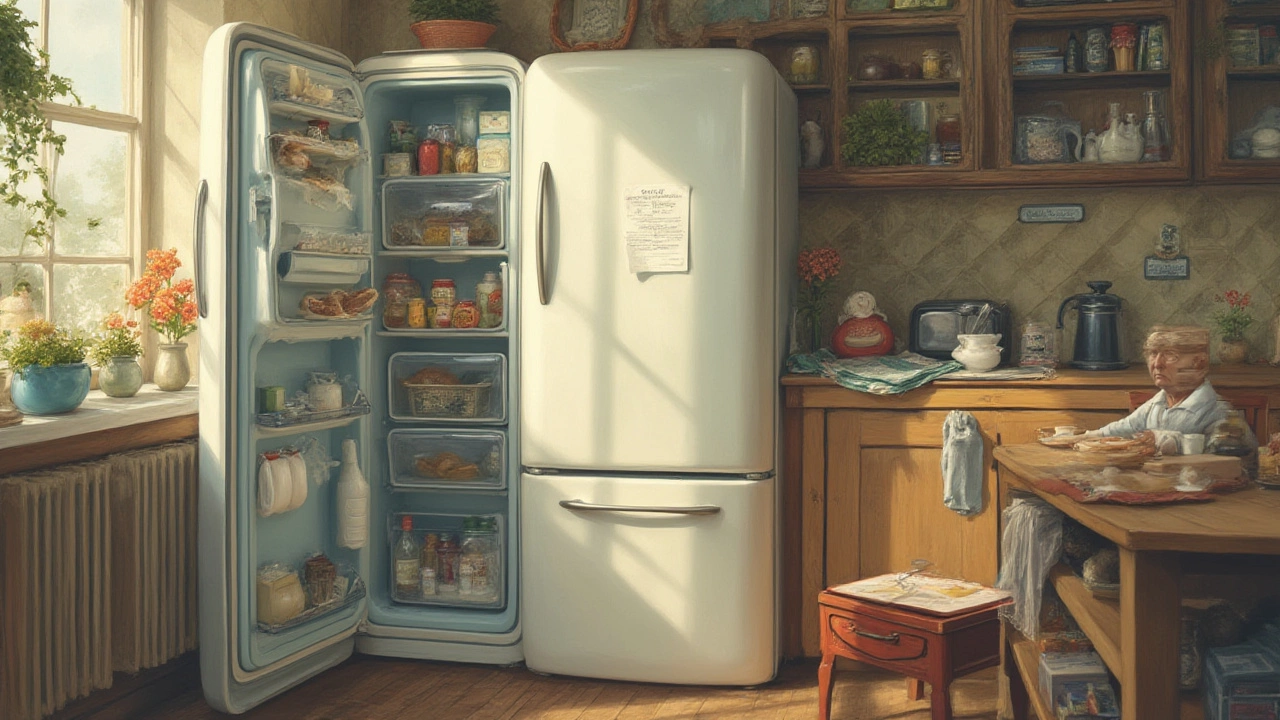Fridge Parts: What You Need to Know Before You Fix Your Refrigerator
When your fridge starts acting up, the first step is to figure out which part is causing the problem. Most issues boil down to a few common components – the door seal, evaporator fan, thermostat, compressor, or a broken shelf. Knowing the name of the part and what it does saves you time, money, and the headache of calling a technician for something you could replace yourself.
Key Components and How to Identify Faults
The door seal (or gasket) is a rubber strip that keeps cold air inside. If you feel drafts or notice ice buildup around the door, run a hand along the seal; any tears or gaps mean it needs swapping. The evaporator fan sits behind the back panel and circulates cold air. A humming noise that stops suddenly usually signals a bad fan motor. For temperature problems, check the thermostat – it’s a small dial or digital board that tells the compressor when to turn on. If the fridge stays too warm, the thermostat might be stuck.
The compressor is the heart of the cooling system. It’s a metal cylinder at the back of the fridge that sounds like a low‑pitched thump when it runs. A compressor that never kicks in or makes loud clicks often needs professional attention, but a loose connection or dirty coils can be cleared up with a quick clean‑up.
DIY Replacement Tips and Safety Basics
Before you start any repair, unplug the fridge and give it a few minutes to settle. For a door seal, pull the old gasket out with a flat‑head screwdriver, clean the groove, and snap the new one in place. Shelves and bins usually just click in, so replace broken glass or plastic quickly. Replacing a thermostat or fan involves removing the back panel – keep screws in a small dish so they don’t get lost. When dealing with the compressor, it’s best to call a professional; mishandling refrigerant lines can be dangerous.
After any part swap, plug the fridge back in and let it run for at least an hour before loading food. Check the temperature with a simple fridge thermometer – it should be around 3‑5 °C (37‑41 °F). If everything stays cold and the freezer sounds normal, you’ve done the job right.
Having the right fridge parts on hand makes future repairs a breeze. Store spare door seals, a universal fan motor, and a basic thermostat in a drawer so you’re ready the next time something goes wrong. With these basics, you’ll keep your refrigerator humming efficiently without unnecessary service calls.






